How to Connect D&D Sessions into a Living Campaign
As a Dungeon Master, there’s nothing quite like the thrill—and challenge—of planning a campaign that grows from one session to the next. For me, the key isn’t having every plot point mapped out in advance. It’s starting with a clear campaign story question that drives the action and using a simple structure to connect each encounter to a larger story.
That structure is what I call Encounter → Response.
Each session, I prep a few encounters: challenges or scenes that set the players in motion. Maybe it’s a tense negotiation with a noble, a stealth challenge to reach a hidden vault, or a rival faction’s sudden appearance.
But I don’t script the outcome—because that’s where the story comes alive.
Instead, I track how the world and its factions respond to the players’ choices. If they work with an insider, they might gain access—but owe a favor. If they’re caught, the noble becomes an enemy. If a rival group beats them to the prize, the story becomes a chase instead of a theft.
After the session, I take a few minutes to jot down what happened, how the world responded, and what’s changed. That way, I’m not just planning the next scene—I’m tracking the memory of the world itself.
It’s a simple loop: Players Act → Players/NPCs/World Respond → The Story Evolves.
This approach keeps my campaigns dynamic and alive, no matter where the players take it.
Check out the full video for a deeper dive into my process.
Cheers,
Brian
